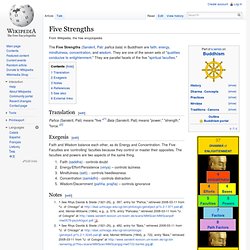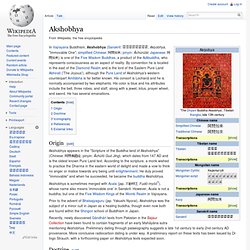

Universal Healing Tao Article: Inner Smile and Six Healing Practices. Inner Smile and Six Healing Sounds Practices As taught by Master Mantak Chia, Universal Healing Tao Center and Tao Garden Thailand In the Taoist tradition, positive and negative emotions are associated with the internal organs.

One of the keys to good health is to become aware of the emotional energies that reside in the organs, and to transform the negative emotional energies into positive virtues. Taoists believe that we are all born with the virtues of love, gentleness, kindness, respect, honesty, fairness, justice, and righteousness. Figure 1. Unfortunately, as we mature and encounter more stress in our daily lives, negative emotions such as fear, anger, cruelty, impatience, worry, sadness, and grief often predominate. Figure 2. In the Tao "emotional intelligence" is a process of recognizing emotions by their effects on the body, and employing exercises that transform the negative emotions into positive life force, or Chi. Table 1. Inner Smile Practice Front Line 1. 2. 3. 4. 5. 6. 7. Pema Chödrön. Five Strengths. Translation[edit] Pañca (Sanskrit, Pali) means "five.

"[1] Bala (Sanskrit, Pali) means "power," "strength," "force. "[2] Exegesis[edit] Faith and Wisdom balance each other, as do Energy and Concentration. Notes[edit] Mahayana Buddhism: The Doctorial Fuondations: Second Edition - Paul Williams. Pure land. Akshobhya. In Vajrayana Buddhism, Akshobhya (Sanskrit: अक्षोभ्य, Akṣobhya, "Immovable One"; simplified Chinese: 阿閦如来; pinyin: Āchùrúlái; Japanese: 阿閦如来) is one of the Five Wisdom Buddhas, a product of the Adibuddha, who represents consciousness as an aspect of reality.

By convention he is located in the east of the Diamond Realm and is the lord of the Eastern Pure Land Abhirati ('The Joyous'), although the Pure Land of Akshobhya's western counterpart Amitābha is far better known. His consort is Lochanā and he is normally accompanied by two elephants. His color is blue and his attributes include the bell, three robes, and staff, along with a jewel, lotus, prayer wheel, and sword. He has several emanations. Origin[edit] Akshobhya is sometimes merged with Acala (jap. Prior to the advent of Bhaisajyaguru (jap. Recently, newly discovered Gāndhārī texts from Pakistan in the Bajaur Collection have been found to contain fragments of an early Mahāyāna sutra mentioning Akshobhya.
Doctrine[edit] Amitābha. Portrait of Buddha Amitābha attached in Annotation to the Infinite Life Sutra (Ch.

佛說大乘無量壽莊嚴清淨平等覺經科註) Statue of the Buddha Amitābha (Mongolia, 18th century) Amitābha[2] (Sanskrit: अमिताभ, Amitābha (wordstem), Sanskrit pronunciation: [əmɪˈt̪aːbʱə]) is a celestial buddha described in the scriptures of the Mahāyāna school of Buddhism. Amitābha is the principal buddha in the Pure Land sect, a branch of Buddhism practiced mainly in East Asia, while in Vajrayana Amitābha is known for his longevity attribute and the aggregate of distinguishing (recognition) and the deep awareness of individualities.
According to these scriptures, Amitābha possesses infinite merits resulting from good deeds over countless past lives as a bodhisattva named Dharmakāra. Doctrine[edit] According to the Larger Sūtra of Immeasurable Life, Amitābha was, in very ancient times and possibly in another system of worlds, a monk named Dharmakāra. Amitābha is the Buddha of the comprehensive love. Vajrayāna Buddhism[edit]